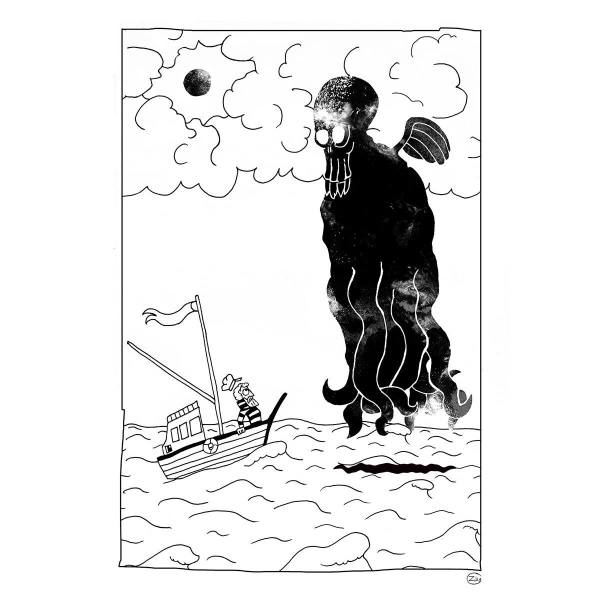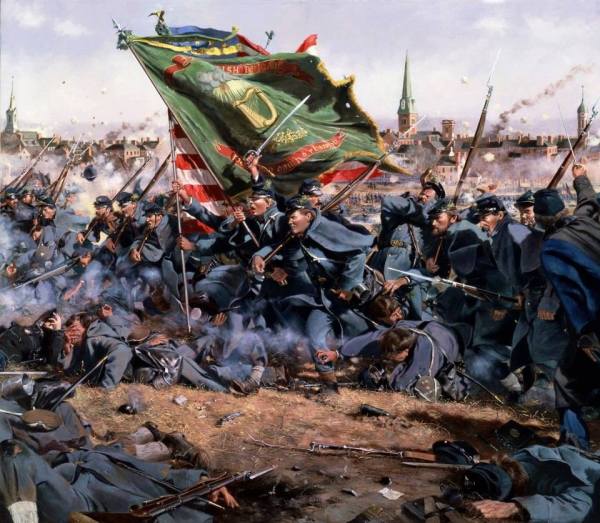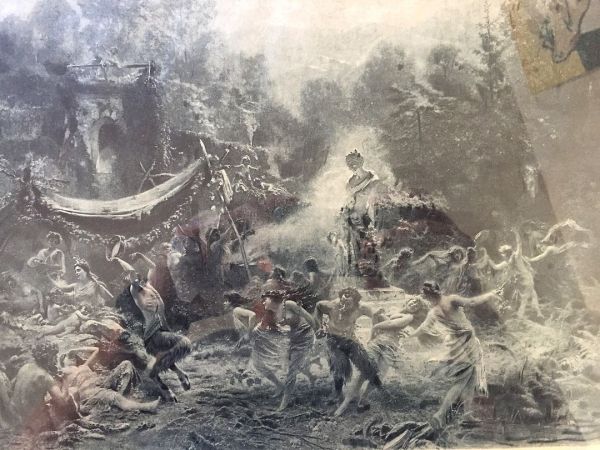This is a prime example of my hard earned maxim of realizing you should definitely read the book of any movie you found even slightly enjoyable, and should temper your expectations regarding any movie derived from a book you enjoyed.
I saw this movie back in the mid-90s based primarily on the cast and the fact it was “indie” and found it interesting enough to read the book, which I then thoroughly enjoyed.
During strange moments to this day I still think of the overall atmosphere of this seedy family drama.
SUMMARY:
“Largely a puffed-up display of attitude, Keys to Tulsa stars Eric Stoltz as the black-sheep son of a wealthy Oklahoma family who appears out of nowhere and immediately gets involved with a blackmail scheme, an old girlfriend, guns, and a stripper. There isn’t much compelling narrative to back any of this outré stuff up; it’s indie-film posturing, though not without some attractive reasons to watch. Mary Tyler Moore’s and James Coburn’s presence certainly bring freshness to the otherwise overly-familiar indie cast.”
TRAILER
The Irish Brigade
From FB:
“For thousands of Irish-Americans who answered the call of their adopted country, service under the Stars and Stripes was viewed as a precursor to the war of independence they hoped one day would free the Emerald Isle from British rule. The fighting prowess and martial enthusiasm of the Army of the Potomac’s famed Irish Brigade was fired by this dual motivation.
On the chill, fog-shrouded morning of December 12, 1862, the Irish Brigade filed across a pontoon bridge spanning the Rappahannock River and stacked arms on a street in the war-ravaged town of Fredericksburg. The next day, Union General Ambrose Burnside commenced his ill-fated assault on Marye’s Heights. This commanding ridge bristled with Rebel artillery and infantry, many better deployed in a sunken road behind the cover of a thick stone wall. It was a desperate undertaking, and as Irish Brigade commander Thomas Francis Meagher inspired his overcoated troops in a fiery oration, the general’s staff officers handed out clumps of boxwood so that every man would go into action with a sprig of green tucked into his forage cap.
Perhaps because of their conspicuous green flag, Colonel Byrens’ Baystaters of the 28th Massachusetts were given the post of honor in the center of the brigade. Packs and blanket roles were unslung, and for ten anxious minutes the men awaited the inevitable. Finally General Meagher shouted, “Irish Brigade, advance! Forward, double-quick, guide center, march!” Muskets at a right shoulder shift, the brigade surged forward. Amidst the deafening cacophony of battle could be heard the old Irish cheer “Faugh-a-Ballagh!” – “Clear the Way!” – the motto of the 28th Massachusetts.
Over two fences they went, but the charge sputtered out before the stone wall in tangled heaps of dead and writhing wounded from blasts of Confederate artillery fire that mowed gaps through their formations. When Rebel infantry opened up, the carnage was even greater. One Union captain called it “a perfect slaughter-pen” in which “whole regiments melted away.”
Those who could made their way to the rear and rallied around their unit colors. Many others were caught on the slope through the freezing night.
The valorous charge had failed, at a cost of 545 of the 1,200 men in the Irish Brigade.
“Their devotion transcended anything I ever saw or even dreamed of,” one observer wrote. “Men walked right up to their deaths as though it were to a feast.”
March 16, 2021
From FB:
“March 16th marks the beginning of the two day festival of the Greek god Dionysus, equivalent to the Roman Bacchus, youthful deity of wine. The cult of Bacchus was a mystery religion that originated in Asia Minor (modern day Turkey) and spread throughout Greece and into southern Italy where it became extremely popular among the Romans. Despite their notoriety, not much is known about the Bacchanalia. This is largely due to the fact that mystery religions were closed to the uninitiated and their inner-workings kept secret from the outside world. The Bacchanalia first appeared in Greece around 700 BC and eventually found their way into Italy around the fourth century BC. The first bacchanals were held twice yearly in the middle of winter and were reserved for girls and women who performed their rites naked. By the time Rome had become the preeminent power in the Mediterranean after their victory over Carthage in the Second Punic War (202 BC), the rituals had opened up considerably making them quite popular with the natives.Admission was extended to men and people of all social classes; even slaves could even join in on the fun. With the increased popularity, celebrations were taking place as often as five times a month.The time and location of the bacchanals were usually closely guarded secrets. Priests and priestesses preferred to hold their gatherings in secluded forests where their privacy could be ensured. On the day of the festival, devotees would prepare some goats by painting their horns gold. Special torches dipped in sulphur and charcoal was also made. Devotees often wore fawn skins that emulated forest animals. Skimpy outfits or even complete nudity was also par for the course. Participants would often carry along their favorite sex toy; women would bring sexy wands while men might bring along a wooden phallus.After nightfall celebrants would proceed to a forest clearing by dancing to the sounds of crashing cymbals and loud music. Once the celebrants arrived at the appointed place, they could be seen quaffing down wine, dancing, leaping, whirling, screaming and generally working themselves up into a frenzied state. They would inspire each other into ever greater acts of ecstasy, whereby the whole scene would descend into a writhing mosh pit of sexual orgies.The aim was to achieve a heightened state of ecstasy in which the devotee’s souls would be temporarily freed from their physical existence. It was in these moments that the worshipers hoped to commune with Bacchus and obtain a glimpse of what they would someday meet in the afterlife after their resurrection.The festival would reach its climax with frantic feats of strength and ecstasy, such as ripping trees out of the ground and eating the raw flesh of their sacrificial animals. The latter act was a sacrament similar to communion where the devotees assumed the identity of Bacchus. By symbolically drinking his blood and eating his body, the devotees believed they became one with Bacchus.The euphoric devotees would then rush over to the banks of a nearby river with their flaming torches and dip them into the water. Since their torches were made with sulfur and charcoal, they would emerge from the water still burning, a symbol of Bacchus’s power.”




